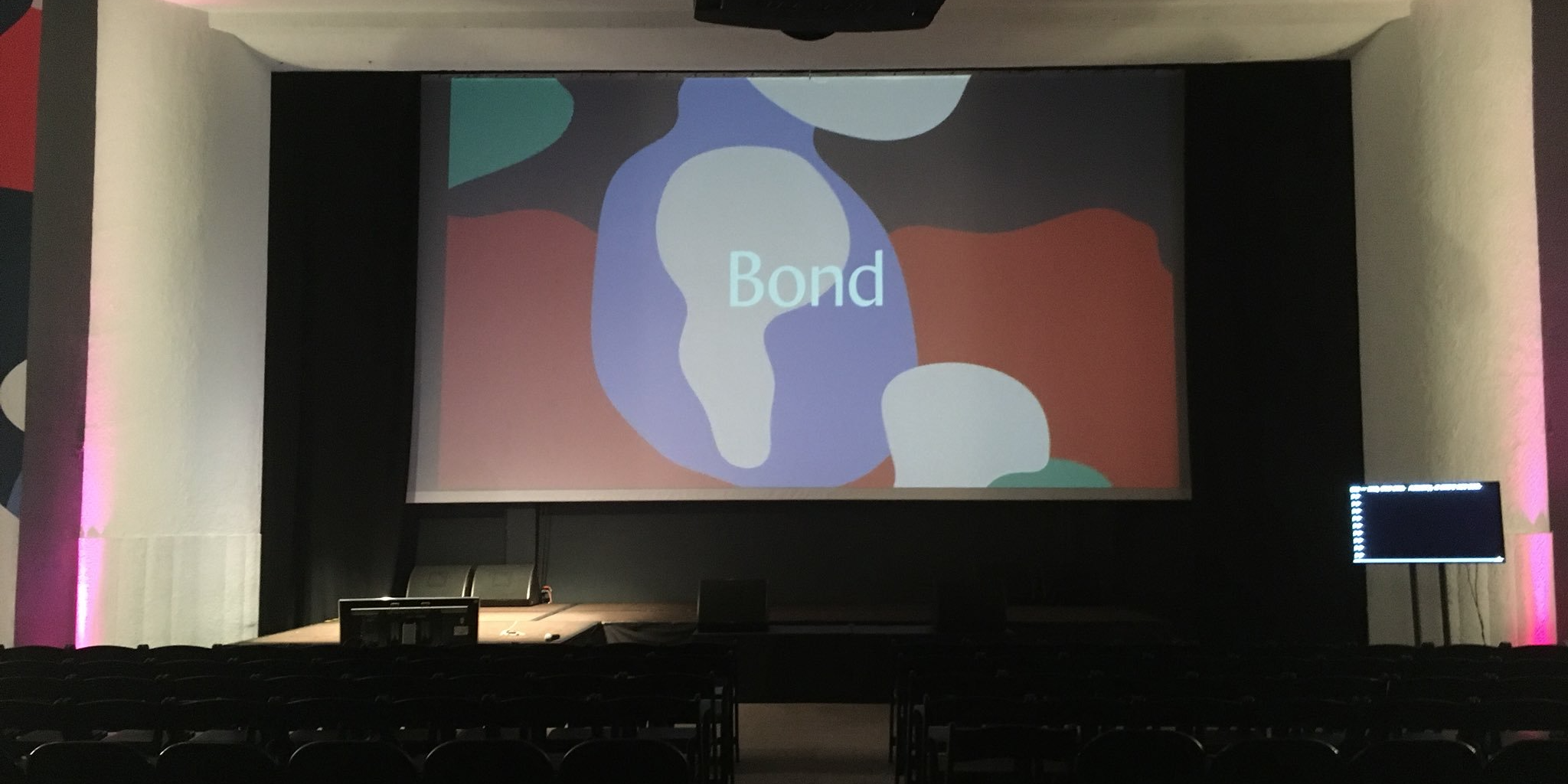Infrastructure and Interdependence

Last month, I had the pleasure of returning to San Francisco to give a talk at Bond, a conference examining “how creators make a living through the internet”. This was a particularly special talk for me, as I unintentionally ghosted on SF and never gave it a proper goodbye when I finally left in 2013. So, I approached it as an opportunity to share what I’ve learned in the past 8 years of living and working in New York.
Through Orbital, teaching Entrepreneurial Design at School of Visual Arts MFA in Interaction Design and working at Union Square Ventures, and personal projects, I’ve been fortunate to have a front-row seat working with a wide range of creators — entrepreneurs, filmmakers, artists, designers and more.
What I’ve observed broadly is that creators—whether you’re pursuing a creative project or an enterprise SaaS startup—face similar fundamental challenges, particularly in terms of realizing and advancing their ideas:
- How do you build with and not just for people? We live in an attention-scarce world and it’s no longer enough to be able to just build and launch your idea. (It’s like a tree falling in a forest.) Related, the myth of the solo genius creator is so prevalent, which deters people from getting the help they need along the way.
- How do you successfully incorporate this into your process? Asking a creator to shift their process from an industrial production-oriented mindset to a networked one is culturally challenging. Adopting an all-or-nothing crowdfunding campaign — like a Kickstarter project — is probably the best mechanism I’ve seen, which is we use in our course.
Lately, I’ve been trying to distill these lessons into a set of primitives that could be more broadly adopted by others—whether you’re teaching in a school or informally working with a group of friends. This talk was an attempt at expressing that for the first time.
Here are the talk notes! And the TLDR!
The talk served another purpose as well, and that has been to mark a 5-year milestone since Christina Xu’s 2013 XOXO talk, which was both a moment of clarity in an era of over-exuberance in terms of what the Internet could mean for independent creators, as well as a call-to-action:
“A system that depends on trailblazing for success will see two groups of winners: a small group of exceptionally talented/hardworking/lucky people, and people who have the privilege (wealth, education, social connections, otherwise) to try stuff without worrying about the full weight of failure. Everyone else, all the creators who are talented but don’t want to or can’t afford to risk everything, will shy away. We have to make it easier to win.”
— Christina Xu, It’s Dangerous to Go Alone, 2013 (text and video)
The following year Christina joined me in teaching at SVA and Orbital, and the insights I shared in the talk are the product of the work we’ve done together over the past 5 years. While we don’t have all the answers, we’re a lot closer.
Thanks to Backerkit for hosting Bond (I sincerely hope they decide to run it again), Andy McMillan for inviting me and for organizing a wonderful event, Paul Searle for the video and talk support, Myleen Hollero for the excellent photos, and to all of my (old and new) friends, former students (and my brother who never really knew what I did exactly until he heard my talk) for making it all out!
